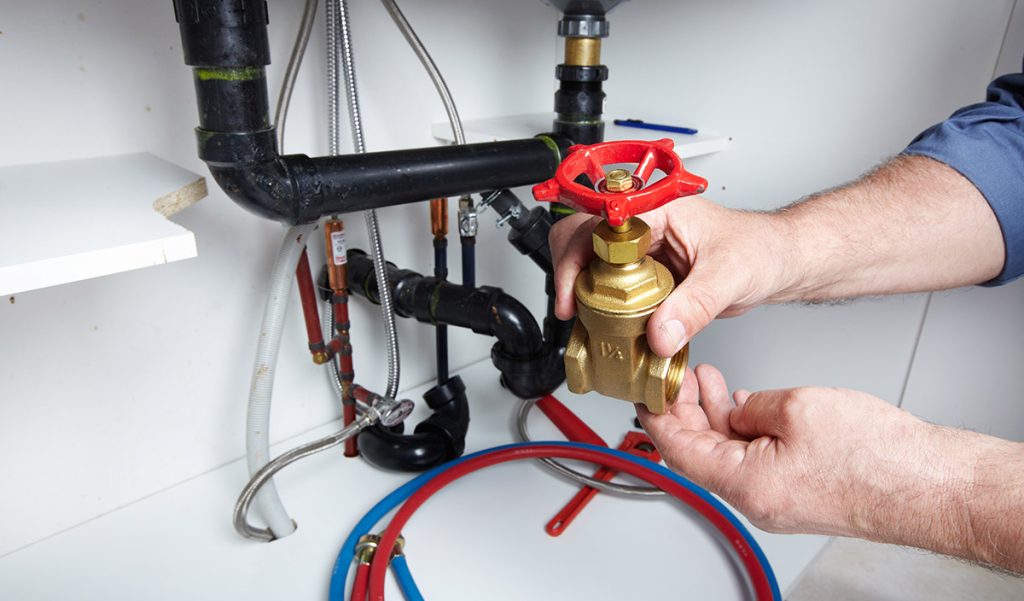In the intricate labyrinth of infrastructure that sustains modern living; plumbing stands as a vital circulatory system, ensuring the seamless flow of water and waste. Transitioning from traditional pipes to advanced pumping systems has revolutionized the way plumbing puzzles are approached, tackled and ultimately solved. This paradigm shift has ushered in a new era of effectiveness and swiftness in plumbing problem-solving. The conventional piping systems, while effective in their own right, often posed challenges that demanded considerable time and resources. Issues such as gravity-dependent flow limitations, susceptibility to clogs and restricted routing options sometimes hindered the optimal functioning of these systems. However, the advent of advanced pumping technologies has unleashed a wave of transformation within the plumbing industry. Pumps, equipped with cutting-edge features like variable speed control, sensor-driven automation and remote monitoring, have redefined the landscape of plumbing problem-solving.

One of the prime advantages of modern pumping systems is their ability to surmount gravitational constraints, enabling water transportation to elevated locations with unprecedented ease and pop over to this website https://www.vanriteplumbing.com/greenbay/hydro-excavation/. This newfound flexibility in routing has opened doors for architects and urban planners, allowing innovative designs that were previously hindered by the limitations of traditional gravity-based systems. Moreover, the intelligent automation integrated into these pumping systems empowers real-time monitoring, predictive maintenance and swift adjustment to fluctuations in demand. This results in enhanced efficiency, as issues can be detected and rectified before they escalate into costly problems. The shift from pipes to pumps has not only expedited the resolution of plumbing puzzles but has also minimized disruptions to daily life during maintenance and repairs. In the past, fixing a major plumbing issue often entailed extensive digging and disruptions to water supply.
With modern pumping solutions, localized issues can often be addressed without the need for invasive procedures, minimizing inconvenience for residents and reducing the financial burden associated with large-scale repairs. In conclusion, the transition from traditional pipes to advanced pumping systems marks a significant milestone in the realm of plumbing problem-solving. By surmounting gravity-based limitations, embracing intelligent automation and optimizing maintenance procedures, these systems have redefined effectiveness and swiftness in addressing plumbing challenges. As cities continue to grow and water systems become more complex, the role of advanced pumping technologies will undoubtedly become even more pivotal, ensuring that the essential circulatory systems of modern life flow smoothly and efficiently.
